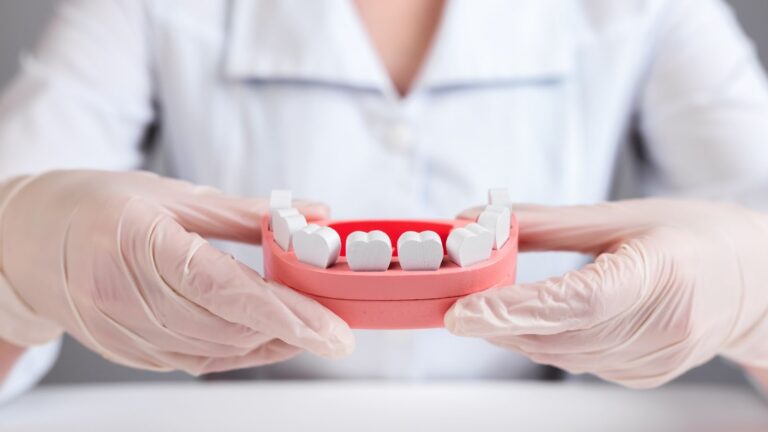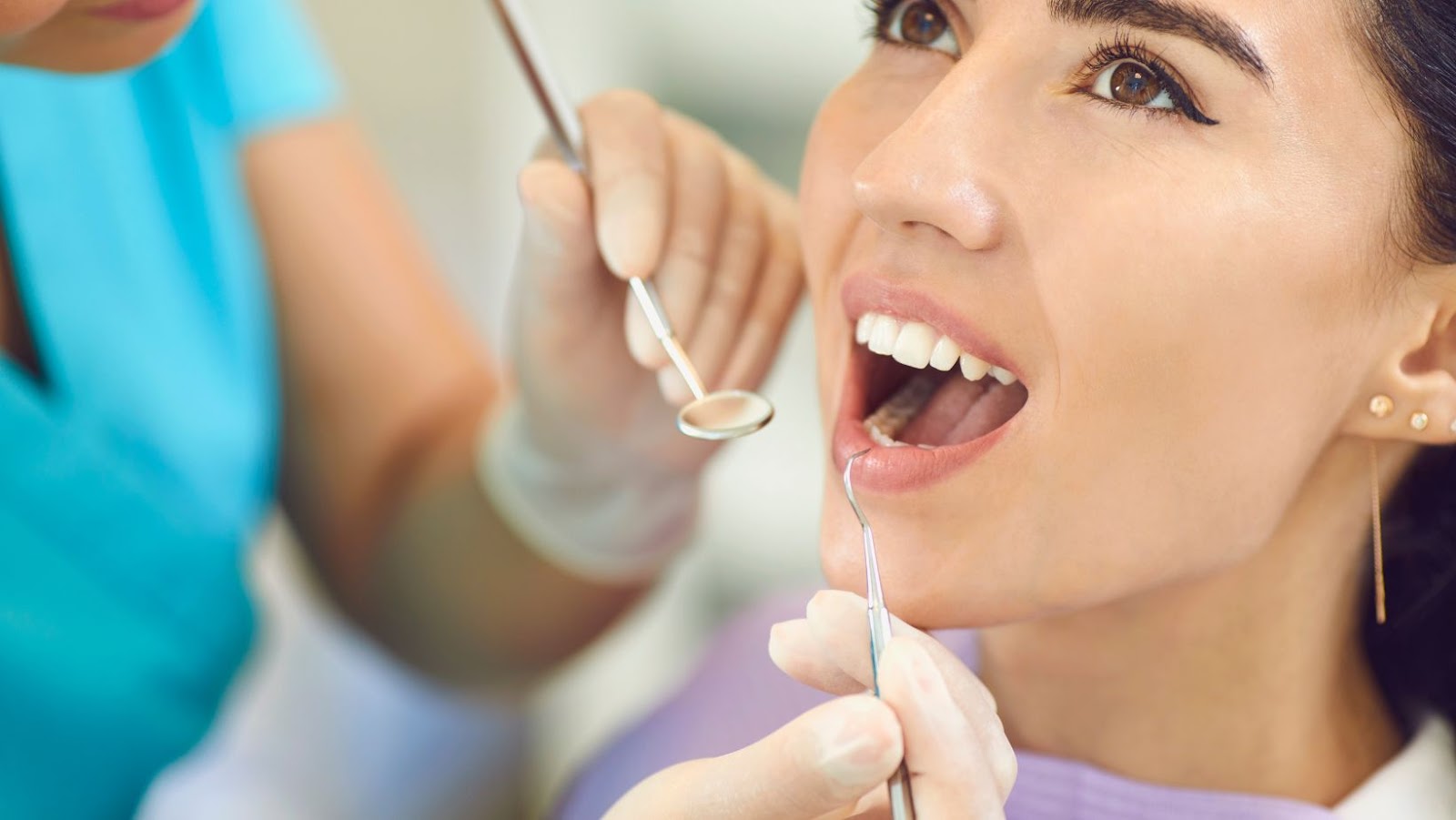Maintaining good oral hygiene is vital for not only a beautiful smile but also overall health. By following best practices for oral hygiene, you can prevent dental issues, such as cavities, gum disease, and bad breath. In this article, we will explore effective techniques and habits that will help you achieve a healthy mouth.
Brushing: The Foundation of Oral Hygiene
Brushing your teeth is the cornerstone of proper oral hygiene. It helps remove plaque, a sticky film of bacteria that can lead to tooth decay and gum disease. Here’s how you can ensure an effective brushing routine:
- Brush Twice a Day: Brush your teeth at least twice a day, ideally after breakfast and before bed, using a soft-bristled toothbrush.
- Use the Right Technique: Hold your toothbrush at a 45-degree angle to your gums and make short, gentle back-and-forth strokes. Pay equal attention to all tooth surfaces, including the outer, inner, and chewing surfaces.
- Don’t Forget Your Tongue: Gently brush your tongue to remove bacteria and freshen your breath.
Choosing the Right Toothpaste and Mouthwash
Selecting the right toothpaste and mouthwash can enhance your oral hygiene routine. Consider the following factors when making your choices:
- Fluoride toothpaste: Look for a toothpaste that contains fluoride, a mineral that strengthens tooth enamel and helps prevent cavities.
- Anti-bacterial mouthwash: Consider using an anti-bacterial mouthwash to reduce plaque and fight gum disease. Consult your dentist Campsie to determine the most suitable mouthwash for your needs.
Flossing: Where Toothbrushes Can’t Reach
While brushing is essential, it cannot reach all the tight spaces between your teeth. Flossing complements brushing by removing plaque and food particles from these areas. Follow these guidelines for effective flossing:
- Floss Once a Day: Make it a habit to floss at least once a day, preferably before bedtime.
- Use Proper Technique: Take an 18-inch piece of floss and wrap it around your middle fingers, leaving a few inches between your hands. Gently slide the floss between your teeth using a sawing motion. Curve the floss into a C shape and move it up and down along the side of each tooth, reaching below the gumline.
Maintaining a Healthy Diet for Oral Health
Your diet plays a crucial role in oral health. By making smart food choices, you can support a healthy mouth. Consider the following tips:
- Limit Sugary and Acidic Foods: Reduce your consumption of sugary and acidic foods and beverages, as they can contribute to tooth decay and erosion.
- Choose Tooth-Friendly Snacks: Opt for tooth-friendly snacks like fruits, vegetables, cheese, and nuts. These foods stimulate saliva production, which helps neutralize acids and protect your teeth.
Visiting Your Dentist Regularly
Regular visits to your dentist are an essential part of maintaining optimal oral health. Dr Alex Silman can provide professional cleanings, identify any dental issues in their early stages, and offer personalized advice. Here’s what you need to know:
- Schedule Regular Check-ups: Aim for dental check-ups every six months, or as recommended by your dentist. This allows for timely detection and treatment of any oral health concerns.
- Communicate Openly: Share any concerns or changes you’ve noticed in your oral health with your dentist. They can provide guidance and address any issues effectively.
Achieving a healthy mouth requires consistent and effective oral hygiene practices. By brushing properly, using the right toothpaste and mouthwash, flossing daily, maintaining a healthy diet, and visiting your dentist regularly, you can take control of your oral health and enjoy a bright, confident smile. Remember, prevention is key, and a little effort in your daily routine goes a long way in preventing dental problems down the road.






